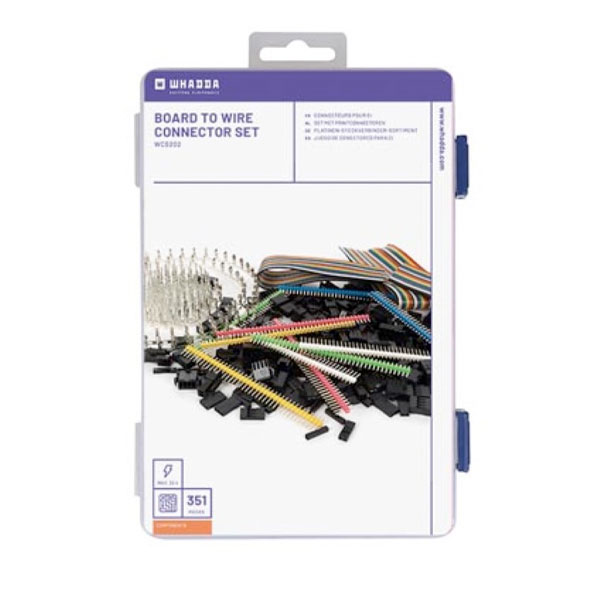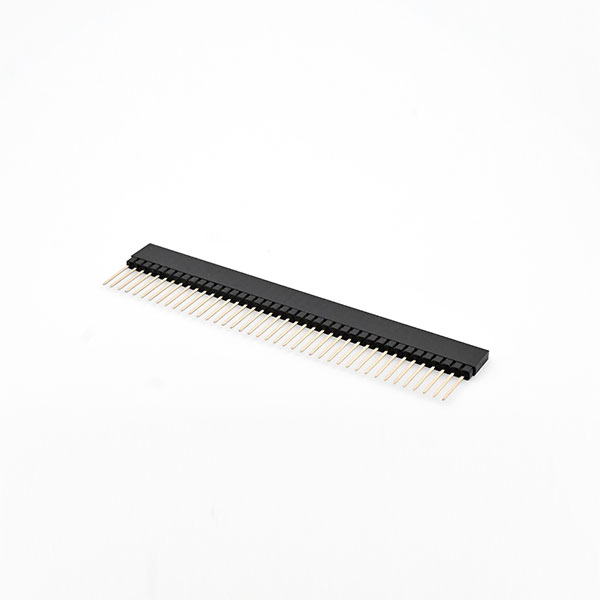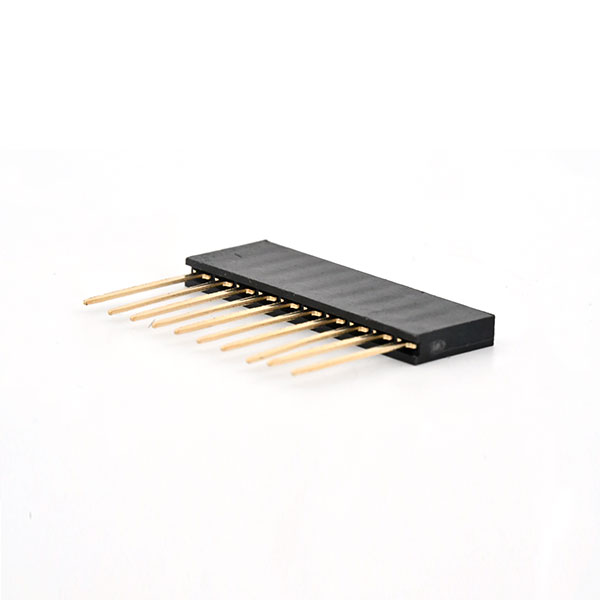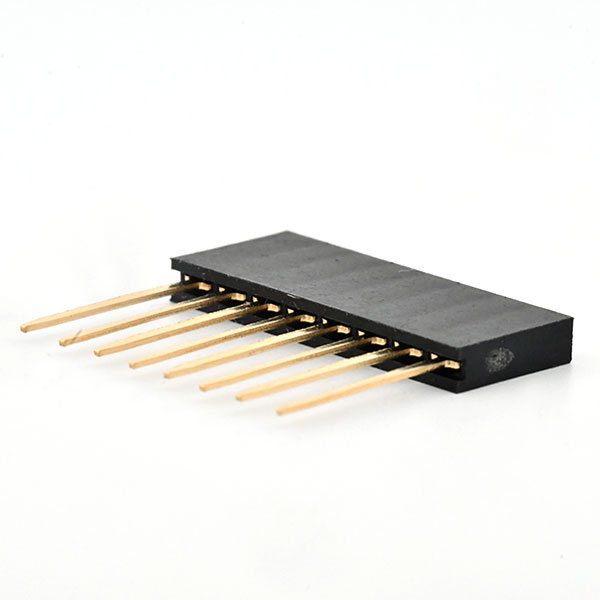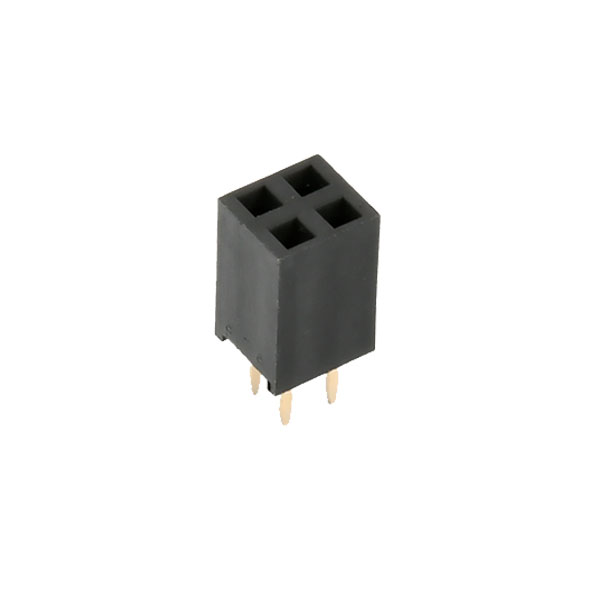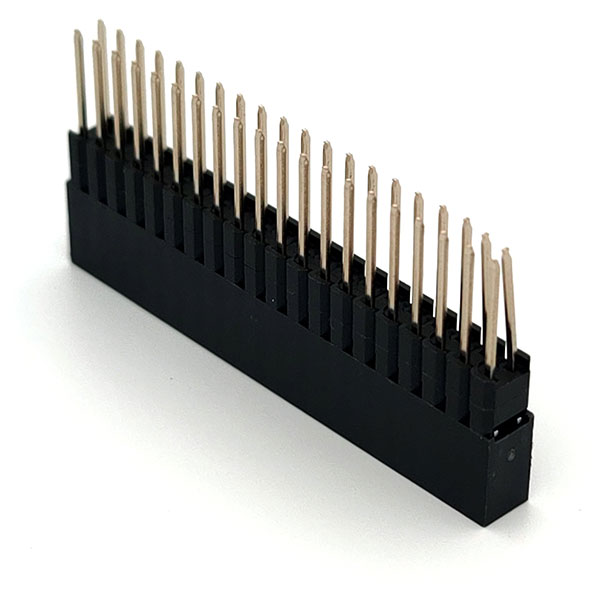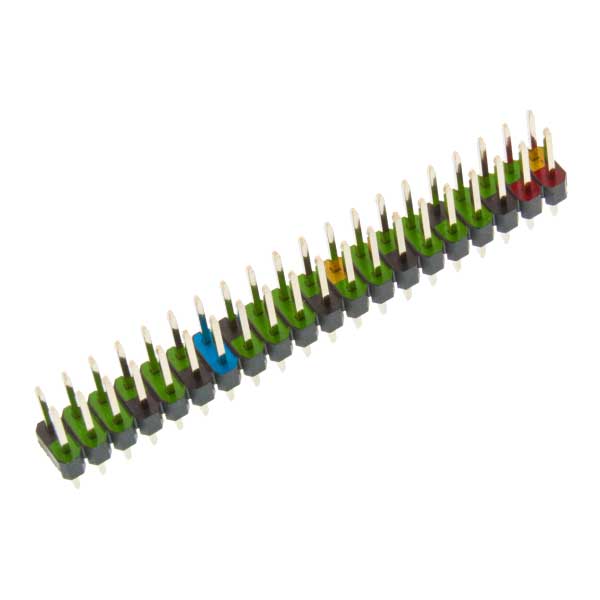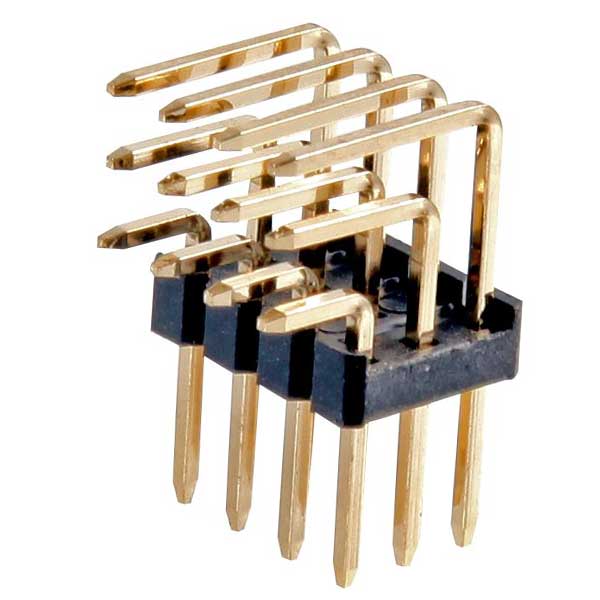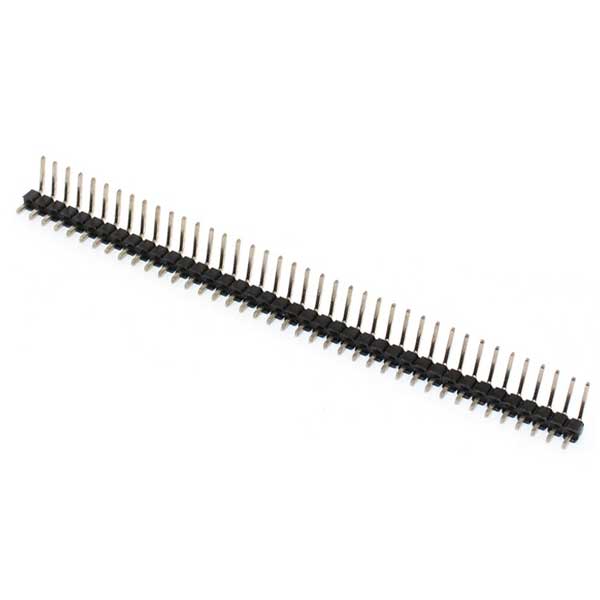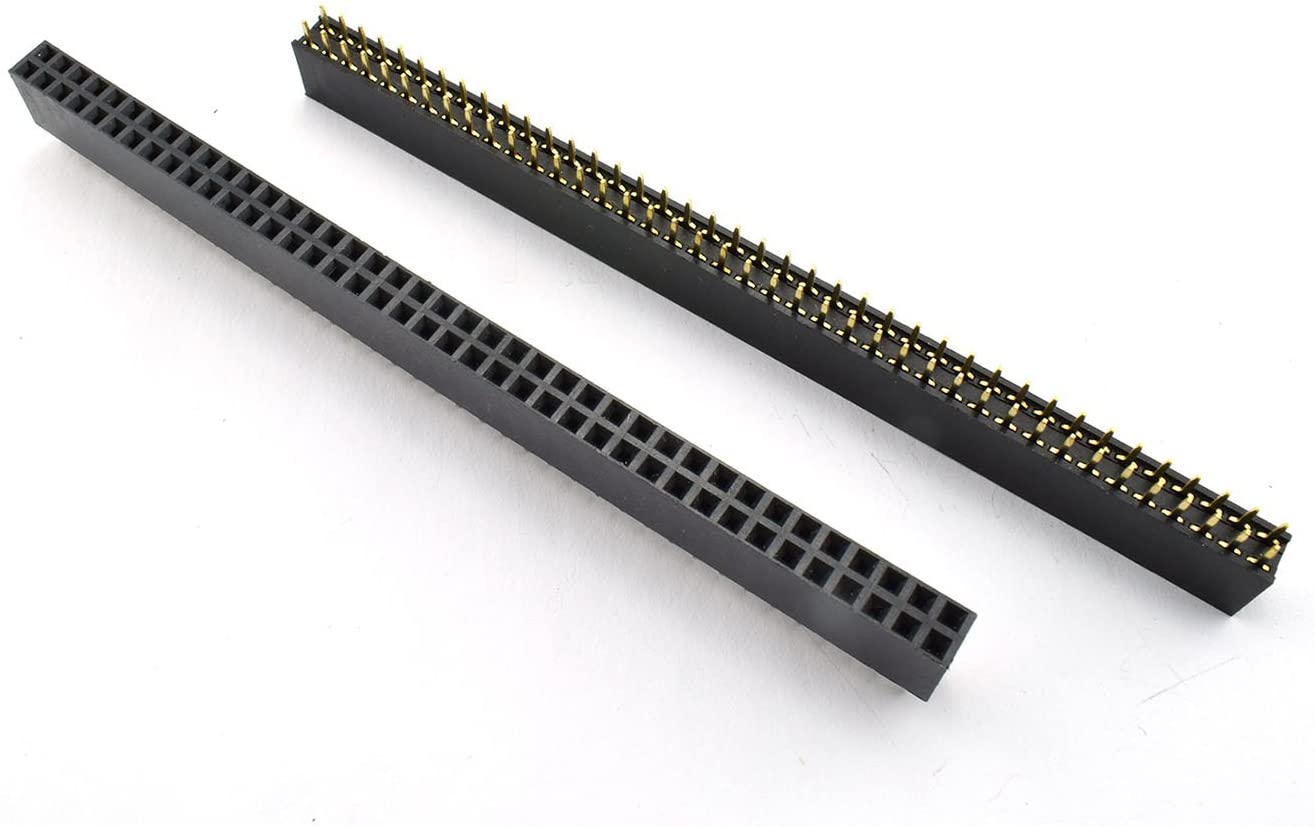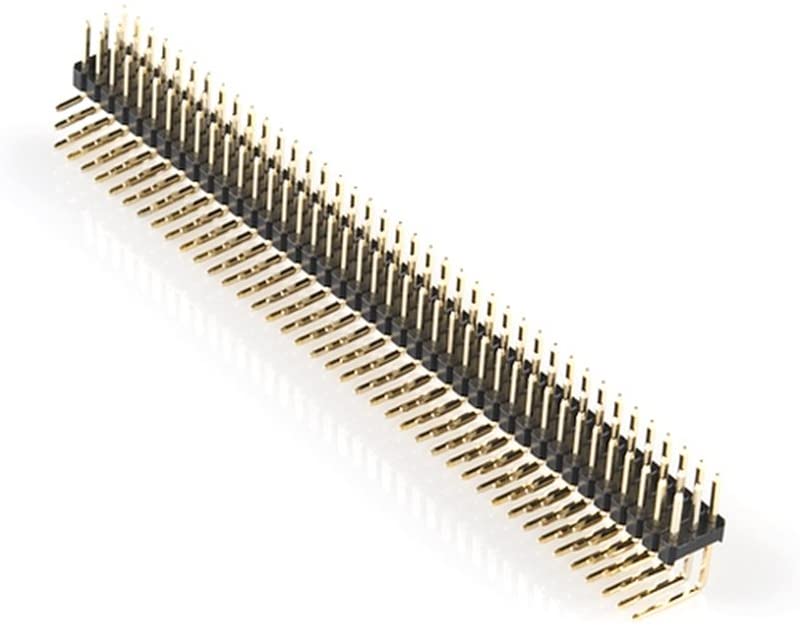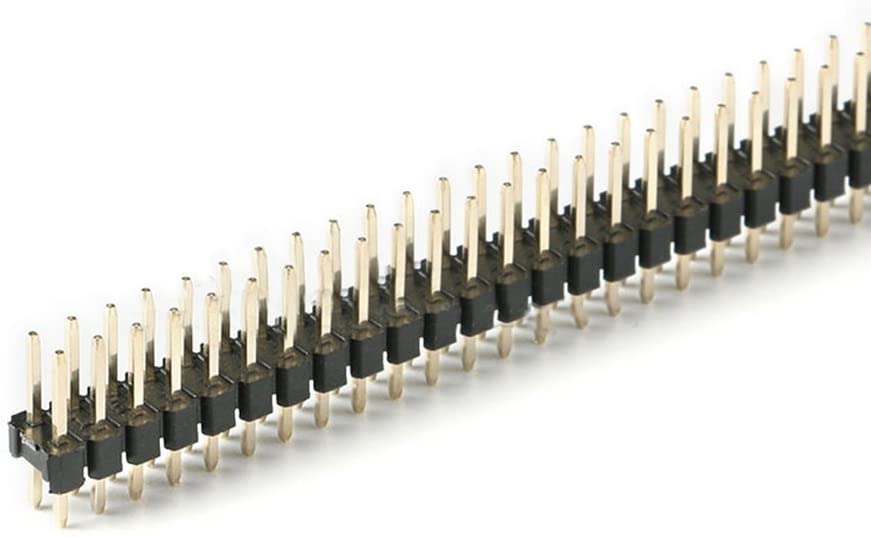5158+ reviews
Order by 16:00 for same day shipping
14 days return
EN
Individual
Business
Filters
Price
to
Colour
LED / Display
Raspberry Pi
Headers
Headers are simple but essential components in electronics. They provide electrical connections between components such as printed circuit boards, modules and sensors. Thanks to headers, you can quickly connect or replace components without re-soldering. This makes them ideal for experimenting or quickly testing. Whether you are working with an Arduino, Raspberry Pi or ESP32, headers make your work easier. They are available in many shapes and sizes and fit any type of project. From a simple circuit to a professional prototype.
14 products found
Sort by:
Types of headers and their uses
Headers come in different versions. The most commonly used version is the male header. You can recognize this by the protruding pins. They fit directly into a breadboard or female connector. This makes them useful for connecting modules or extensions.
A female header has openings in which pins fit. This type is used if you want to change parts often. They are especially handy in modular systems.
There are also breakaway headers. These are long strips that you cut to size yourself. Ideal for projects with an unusual shape or extra connection points.
In compact housings you often use corner headers. They are at a 90 degree angle and are perfect if you want to save space or need horizontal connections.
Some headers have multiple rows or extra pins. You often see this on expansion boards, such as HATs for the Raspberry Pi . Always pay attention to the grid size: this is the distance between the pins. The standard size is 2.54 mm. This fits most breadboards and development boards.
Choosing the right header will prevent frustration when building your circuit. The right size and orientation will make your work faster and more reliable.
Applications of headers in prototyping
Headers play a key role in testing and developing electronic products. When soldering components to a printed circuit board, headers give you the freedom to connect modules or cables without having to fix them in place. This allows you to test or replace something without having to overhaul your entire setup.
On Breadboards headers are useful to firmly place microcontrollers. This way you can easily make connections to sensors, buttons or displays.
Headers are also useful for cable connections. Female headers can be used to insert jumper wires or plugs. This allows you to supply power or send data to other components. This flexibility allows you to make quick changes during design. This is essential in the design phase of any electronic system.
Modular construction saves time. You can reuse parts or maintain the system easily. Headers make that possible.
Tips for choosing and using headers
Think about the purpose of your connection in advance. Do you want to connect something permanently? Then solder the header to the printed circuit board. For temporary connections, female headers are often better.
The direction of the header also counts. In small housings, it is sometimes better to choose a corner header. This saves space and provides a logical layout.
Pay attention to the quality. Gold-plated pins conduct better and are less susceptible to corrosion. This extends the life of your project.
Finally, check compatibility. Most development boards use a 2.54mm grid. Keep that in mind when ordering.
